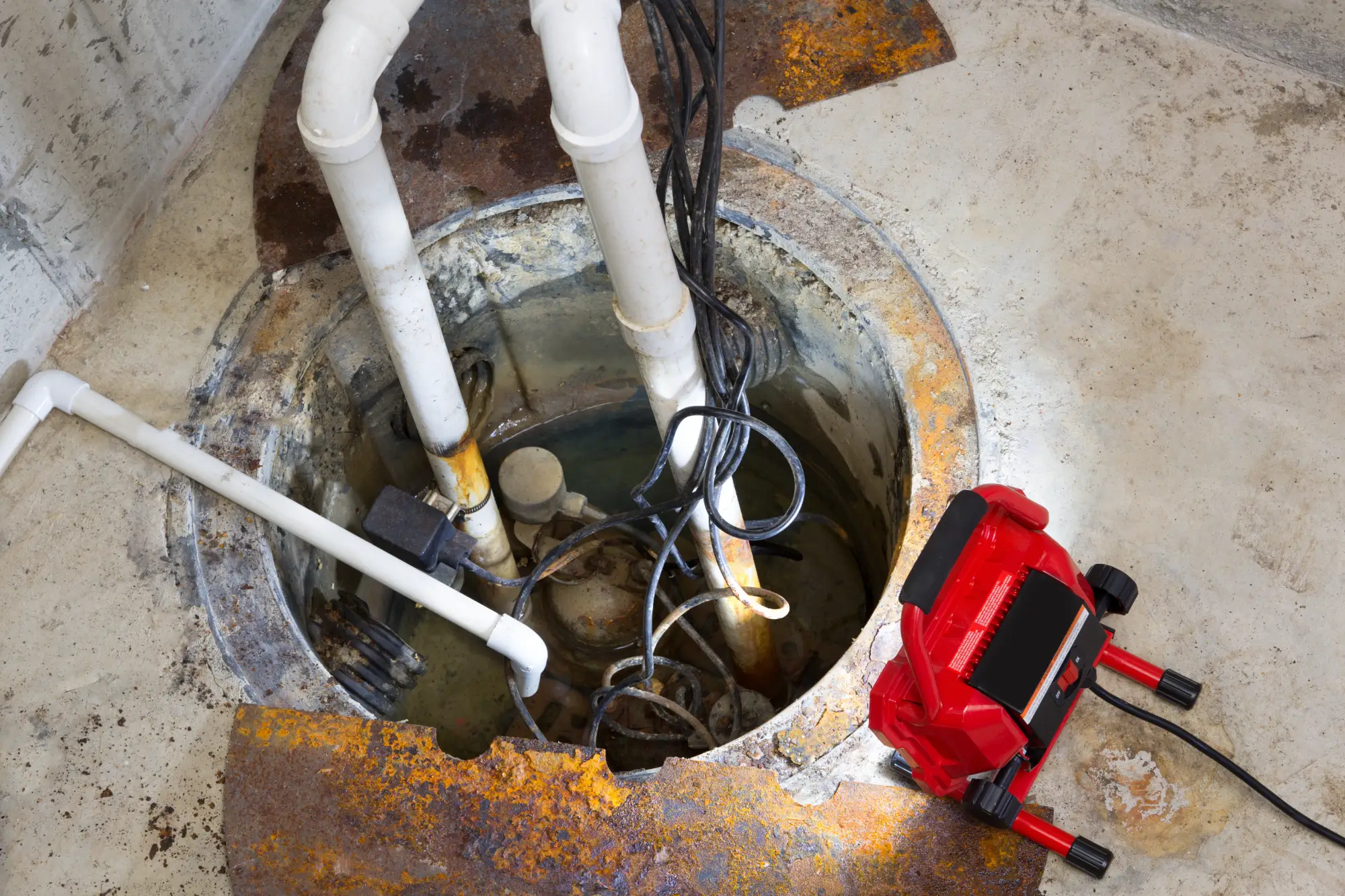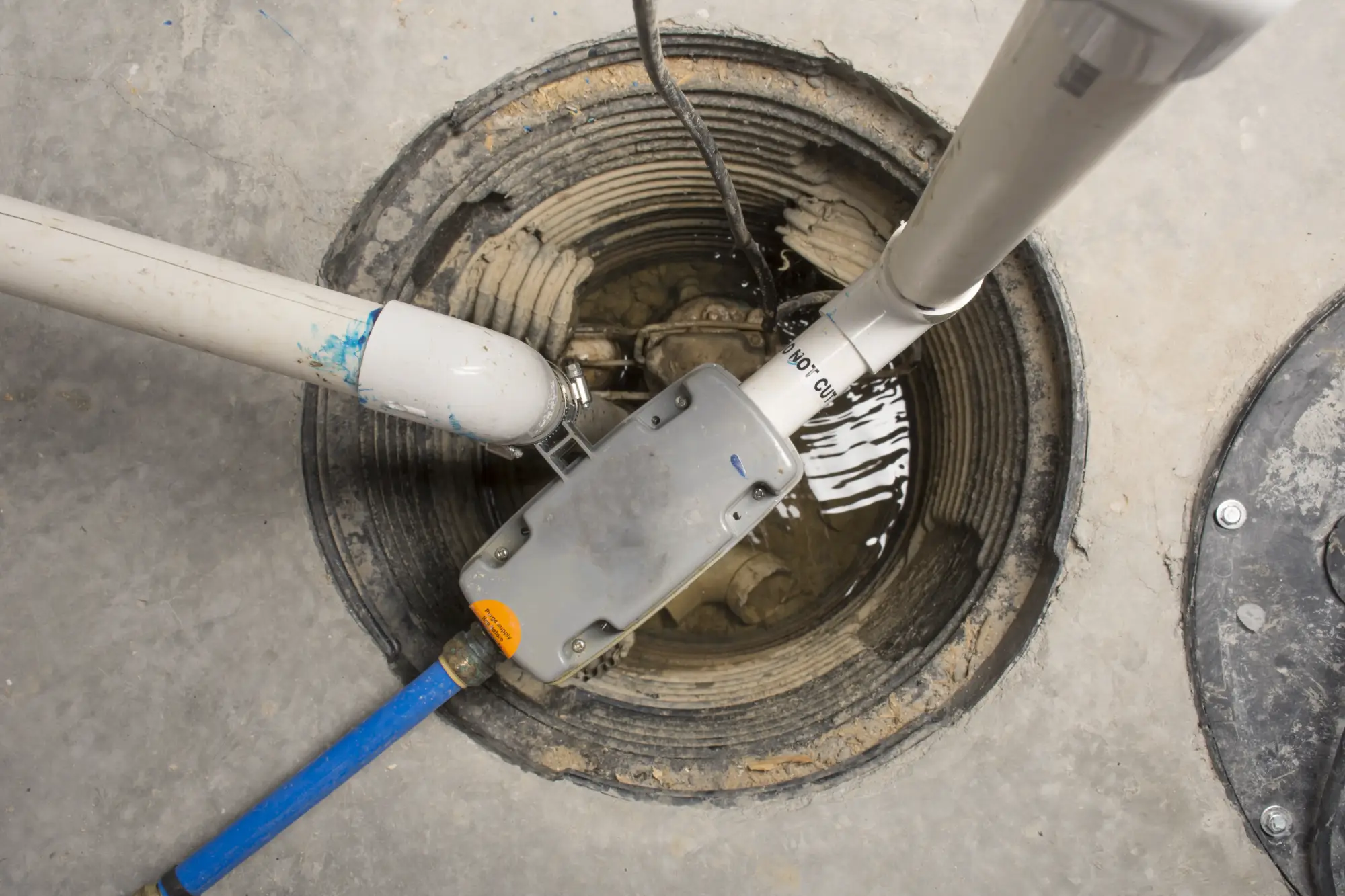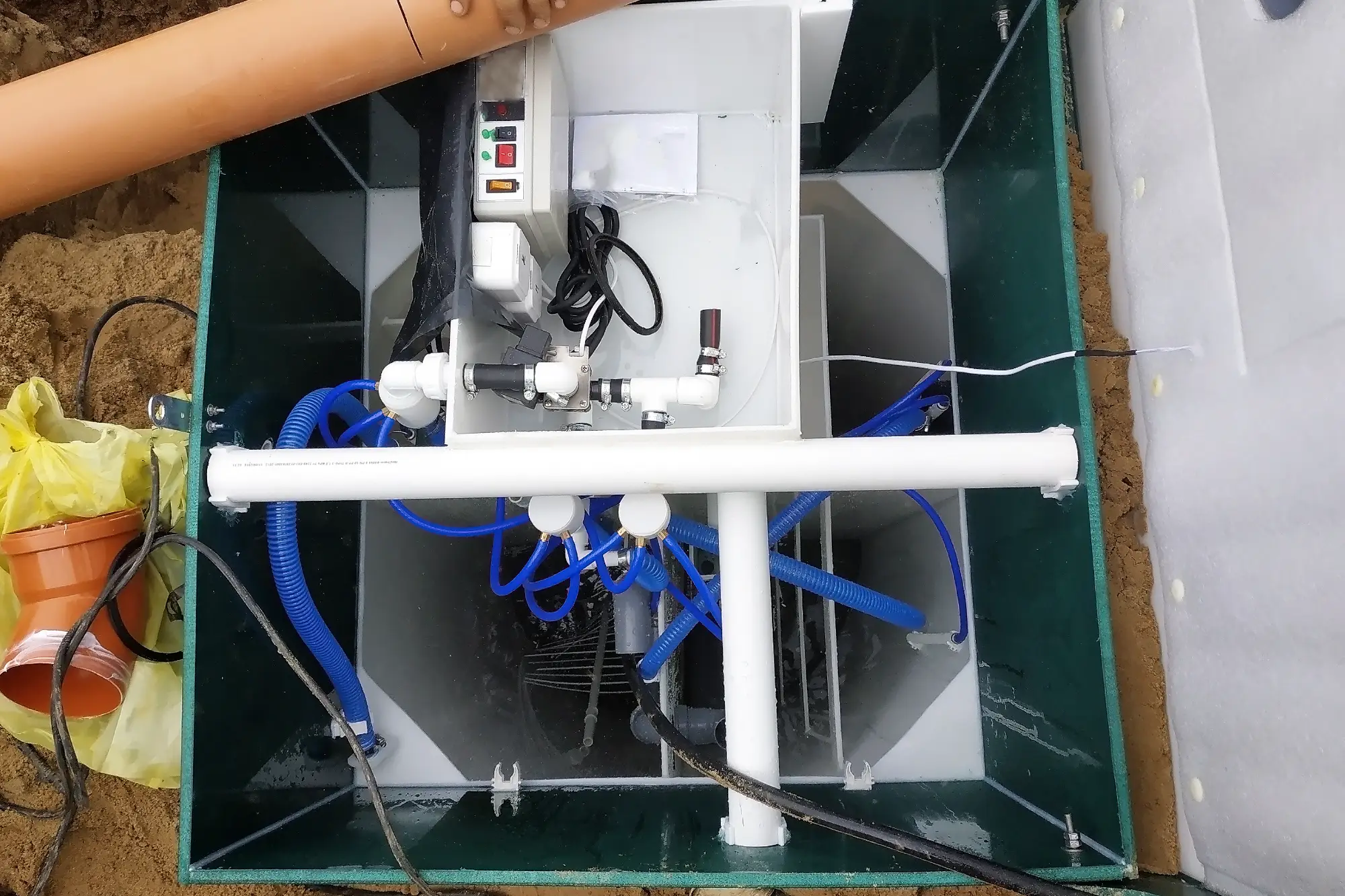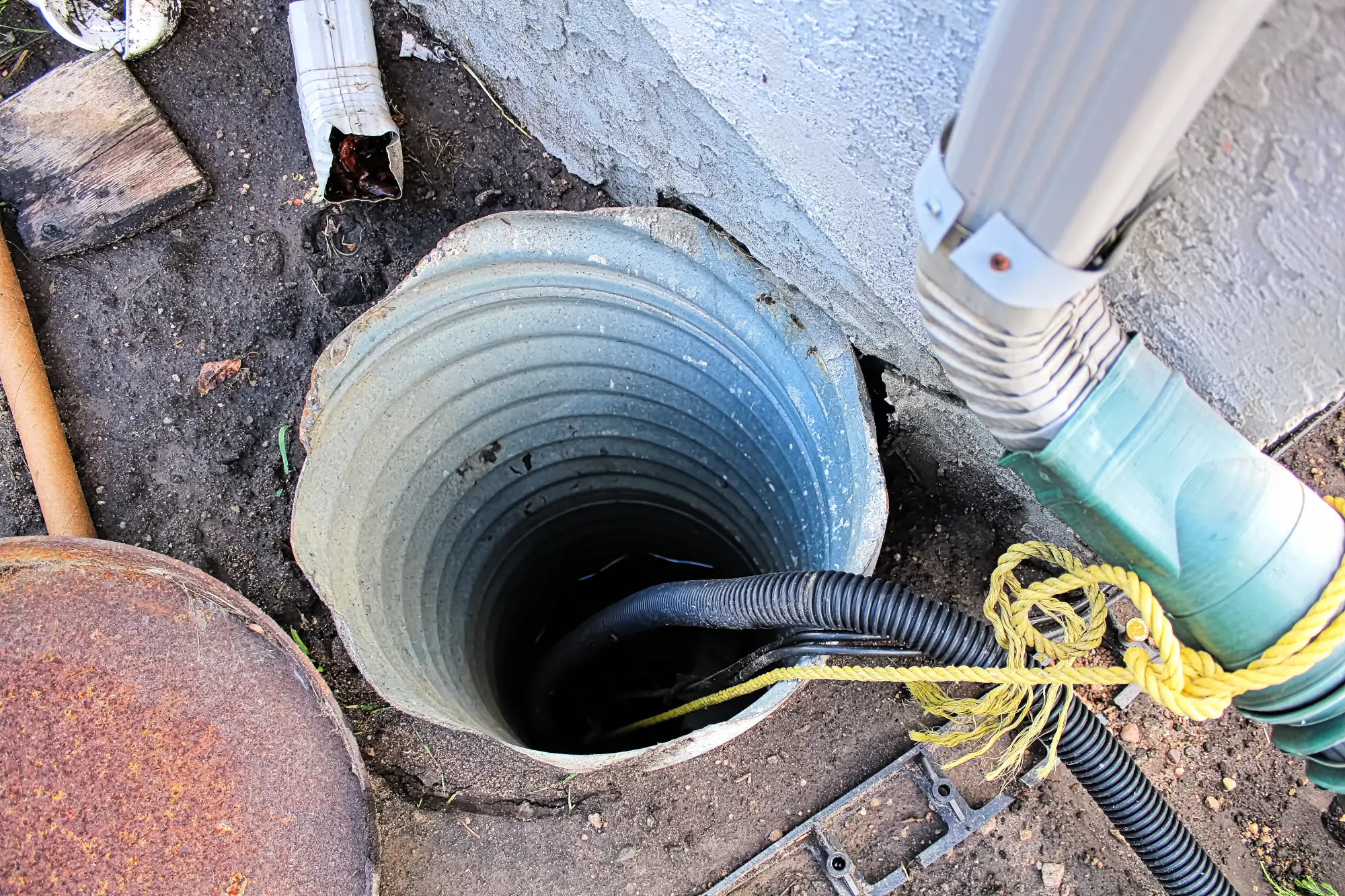Sump Pump Installation in Old Bethpage, NY
Stop Basement Flooding Before It Starts
Professional sump pump systems that work when you need them most, protecting your home and belongings.

Hear About Us

Basement Protection Old Bethpage
You’ll sleep better during storms knowing your basement sump pump system is working around the clock. No more rushing downstairs during heavy rains to check for water. No more moving belongings to higher ground every time the weather forecast looks threatening.
A properly installed basement sump pump system handles water before it becomes a problem. Your basement stays usable. Your belongings stay safe. Your foundation stays protected from the kind of water damage that turns into expensive structural repairs.
The peace of mind alone is worth it. But you’re also protecting your investment, maintaining your home’s value, and creating a healthier living environment for your family.
Sump Pump Installation Company
We’ve been handling basement water problems across Long Island for years. We understand how the clay soil and seasonal water table changes affect Old Bethpage homes.
We’re not the guys who show up, throw in a pump, and disappear. We size systems correctly, install them properly, and make sure they’re connected to drainage that actually works. Every installation gets the permits it needs and follows local codes.
You’re dealing with contractors who’ve seen every type of basement water problem Long Island can throw at you.

Reliable Sump Pump Installation
First, we assess your basement’s specific water challenges and determine the right sump pump system size and type for your situation. Not every basement needs the same solution, and we don’t install cookie-cutter systems.
Next, we excavate the sump pit in the lowest point of your basement floor, ensuring proper depth and positioning for maximum water collection. The pit gets lined correctly, and we install the pump with the right discharge piping that routes water away from your foundation.
We connect everything to your electrical system with proper GFCI protection and test the entire system thoroughly. You get a complete walkthrough of how your new basement sump pump works, plus maintenance tips to keep it running smoothly. The whole process typically takes a day, and you’re protected immediately.

Ready to get started?
Explore More Services
About Diamond Masonry & Waterproofing
Get a Free Consultation
Custom Sump Pump Solutions
Your sump pump installation comes with everything needed for reliable basement protection. We provide high-quality sump pumps sized for your specific basement, professional pit excavation and liner installation, and proper discharge piping that moves water well away from your foundation.
Every system includes appropriate electrical connections with GFCI protection and proper permits where required. We handle the cleanup and debris removal, so you don’t deal with the mess. Old Bethpage’s soil conditions require specific installation techniques, and we adjust our approach based on what your basement actually needs.
You also get a thorough system explanation and maintenance guidance. We want you to understand how your basement sump pump system works and what to watch for. This isn’t just equipment installation – it’s basement protection that lasts.

How do I know if I need a sump pump in my basement?
What size sump pump do I need for my basement?
How long does sump pump installation take?
What happens if the power goes out during a storm?
How often does a sump pump need maintenance?
Can I install a sump pump myself?
Local Resources
- Google Map Link
- Find the Old Bethpage, NY USPS
- Locate Nearby Old Bethpage, NY Pharmacies
- View the Current Weather in Old Bethpage, NY
- Old Bethpage, NY is located in Nassau county in New York State